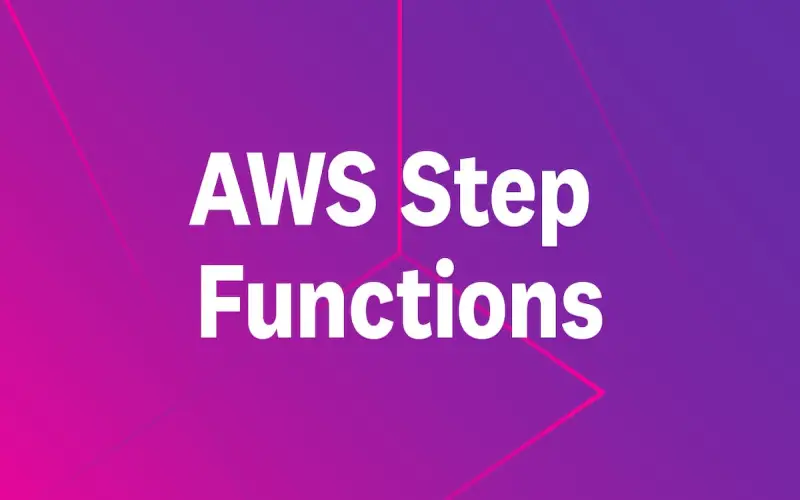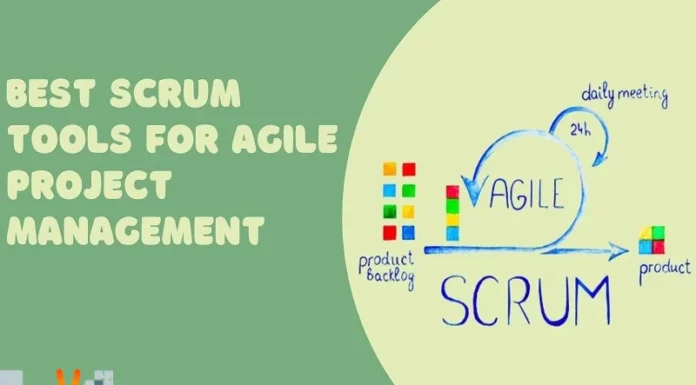Serverless computing has transformed the way companies build and deploy applications by allowing them to run backend code without managing any servers. This enables greater agility, reduced costs, and auto-scaling capabilities. As the market leader, Amazon Web Services’ (AWS) Lambda service drives most of this serverless growth given its maturity, widespread integration, and ease of use across AWS. Companies of all sizes now rely on Lambda and complementary AWS services to create flexible serverless architectures. To maximize productivity on serverless projects, engineering teams need the right tools across their workflow – from local development and testing to deployment, security, monitoring, and more. The AWS serverless ecosystem provides diverse building blocks to support Lambda. I outline the top 10 essential AWS services and tools for Lambda-based systems that drive business value. These integrate seamlessly with the Lambda service while addressing key requirements like development agility, operational reliability, and production visibility.
1. SnapStart
AWS recently introduced SnapStart, an innovative capability that initializes and keeps Lambda functions active allowing sub-100ms startup times. This dramatically improves responsiveness for use cases needing fast invocations like web APIs that require millisecond latency. Companies can thus better handle traffic spikes without cold starts. By keeping capacity warm, SnapStart ensures functions spin up faster while APIs remain responsive. However, there is a tradeoff as SnapStart does lead to slightly higher minimum costs though improved customer experience often warrants it. DBAs need to balance the speed boost against slightly higher costs from keeping capacity warm and tuned to load.

2. Firecracker microVMs
Behind the scenes, Lambda runs functions within micro virtual machines (microVMs) using the open-source Firecracker technology. These secure, minimal microVMs launch in 125ms to enable the Lambda service’s speed, scalability, and isolation. The Firecracker microVM architecture is crucial for Lambda’s ability to execute over a million functions per second in parallel if required. Companies can even utilize Firecracker directly on EC2 to deploy lighter-weight microservices next to Lambda functions for cases needing additional customization. The microVM approach is key to both security and performance across the Lambda serverless computing model.
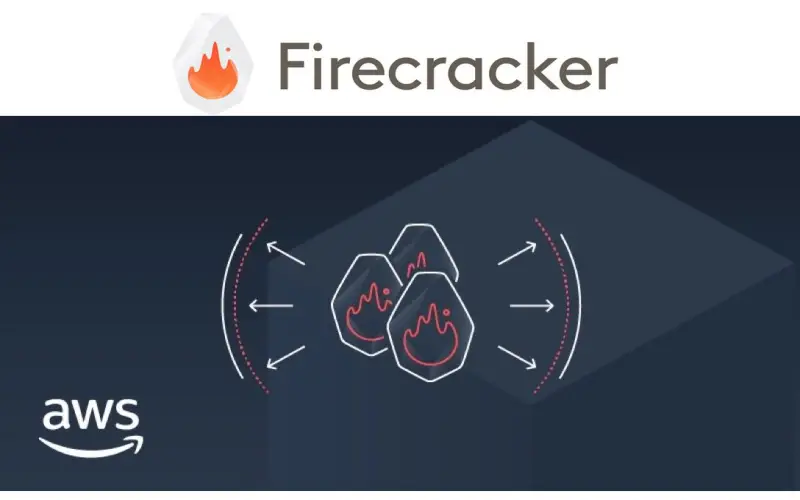
3. Zelkova
To facilitate robust Lambda development, the automated reasoning techniques from AWS’s Zelkova team detect different types of errors early through static and dynamic analysis. Zelkova integrates formal verification capabilities within Lambda to identify subtle issues around security, availability, or functional correctness. By finding problems before production, companies prevent downtime and vulnerabilities resulting from uncaught exceptions or faulty business logic. Zelkova continues to expand the types of flaws it can detect automatically as part of regular testing across accounts. Teams save considerable time by leveraging Zelkova rather than manual reviews.

4. Tiros
The Tiros web framework built specifically for Lambda simplifies building REST APIs and event-driven applications. Tiros handles routing, parameter handling, and responses across Lambda functions so teams focus on business logic, not plumbing. It brings structure while remaining lightweight to retain Lambda’s advantage. Companies adopt Tiros so developers create production-grade APIs faster with less effort and operational overhead. By providing an abstraction layer tailored to Lambda, Tiros reduces boilerplate code considerably.

5. Amazon Simple Storage Service (S3)
For serverless applications, the highly scalable Amazon S3 cloud storage represents the standard way to store static files like images, documents, metadata, or backups. Lambda seamlessly integrates with S3 buckets for object storage and retrieval at any scale. Teams set triggers to execute functions when new objects get uploaded enabling streamlined processing. By leveraging S3’s resilience, encryption, and versioning capabilities, companies reliably offload storage management without operational burden. S3 delivers resilient and secure storage for serverless apps.

6. AWS Automated Reasoning Group
While less visible to users, Lambda taps into research from the AWS Automated Reasoning Group which has developed industry-leading satisfiability modulo theory (SMT) solvers. These sophisticated tools automatically prove code correctness and security by modeling program semantics. Such verification capabilities help Lambda offer robust isolation between concurrently executing functions sharing infrastructure. Teams thereby avoid collisions during massive parallel execution across accounts. As reasoning techniques evolve, they expand what Lambda can guarantee around security and availability through mathematical proofs.

7. AWS Serverless Application Model (SAM)
The SAM framework dramatically simplifies configuring and deploying serverless applications with Lambda across environments. It defines project structure through YAML templates that can be version-controlled and use CI/CD. Companies accelerate rollout and improve consistency relying on SAM’s best practices while avoiding manual setup. And it integrates seamlessly with associated AWS services needed by Lambda like databases, storage, or networking. By codifying infrastructure needs, SAM enables teams to focus on function code.
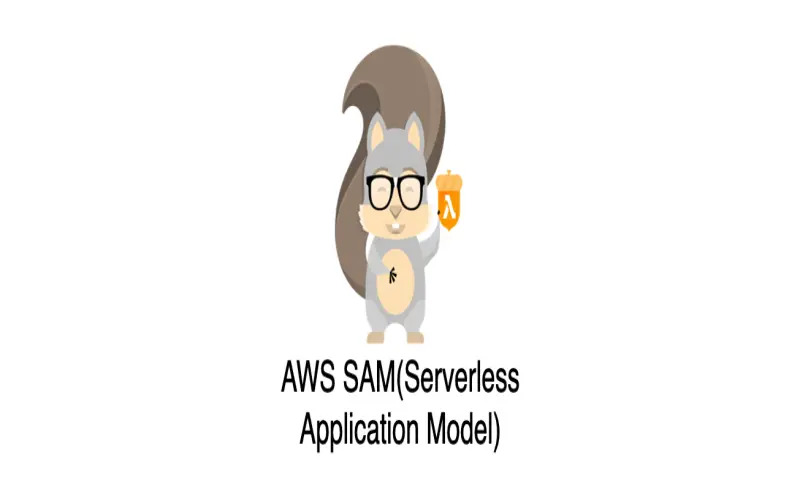
8. AWS Amplify
For web and mobile development, AWS Amplify provides libraries to make calling Lambda functions straightforward from client apps allowing teams to connect UI code seamlessly with backend business logic. Amplify handles authentication, data synchronization, and storage interactions reducing boilerplate code. Companies with less backend experience can readily build full-stack applications with Lambda powering web services and orchestration through Amplify. The combination of Lambda and Amplify brings full-stack agility.

9. AWS CloudFormation
While intricately linked to SAM and Amplify, the core CloudFormation infrastructure-as-code engine deserves its mention. It allows templatizing and then provisioning the range of AWS resources needed to support Lambda reliably at the enterprise scale. DBAs use it to recreate VPCs, databases, load balancers, and much more through version-controlled stack updates. This prevents drifting from desired architecture across regions. Companies rely on CloudFormation to manage the cloud scaffolding surrounding Lambda in a secure and controlled manner.
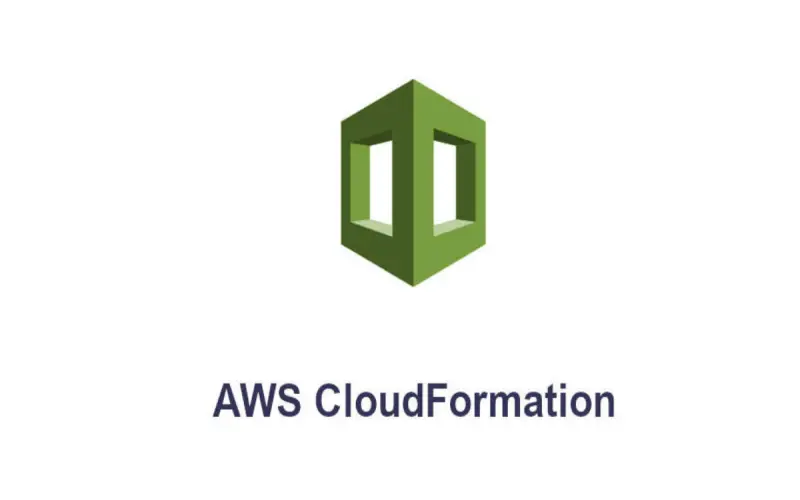
10. AWS Step Functions
Finally, Lambda functions represent small single-purpose pieces of code, thus coordinating message passing between them is essential. Step Functions provides a visual workflow constructor to orchestrate multiple Lambda functions implementing application logic as directed acyclic graphs. Teams combine functions into resilient state machines that model overall business processes end-to-end. Companies depend on Step Functions to manage functionality flow from user action to system response across serverless architectures. The visual modeling and workflow execution enable integrations between functions.
